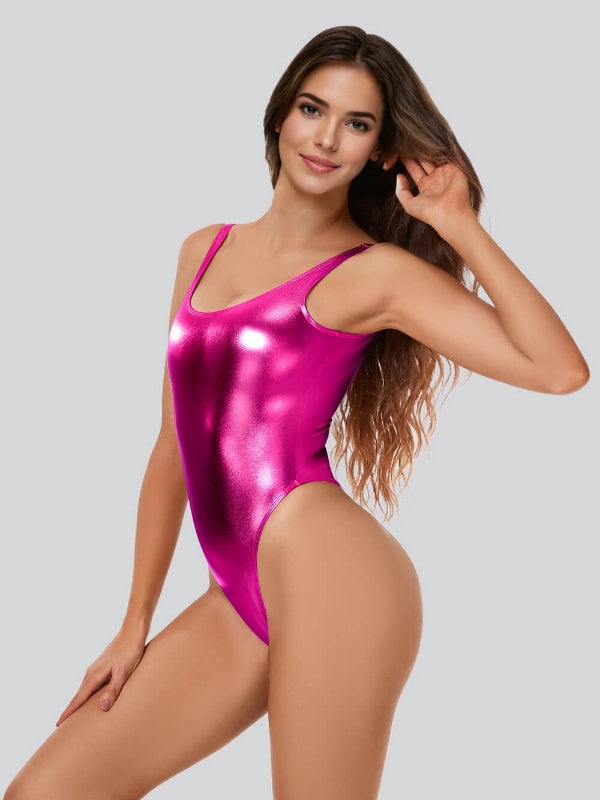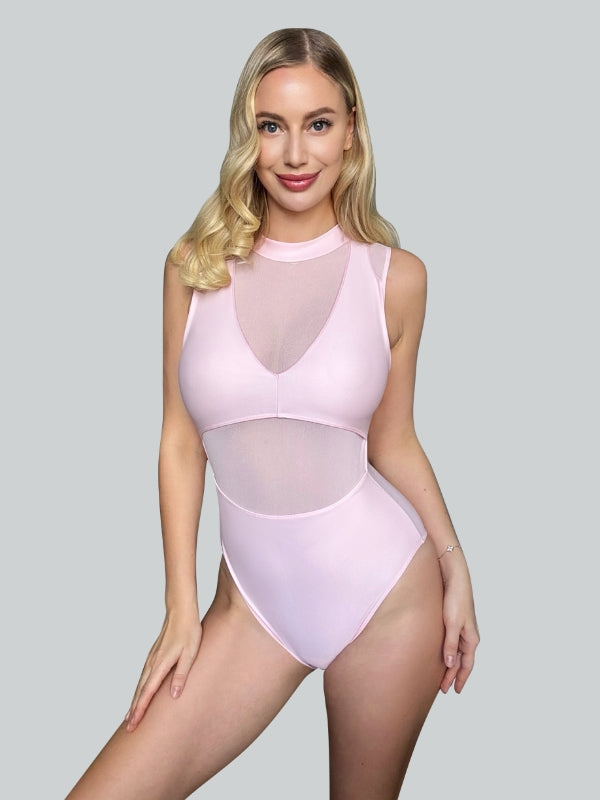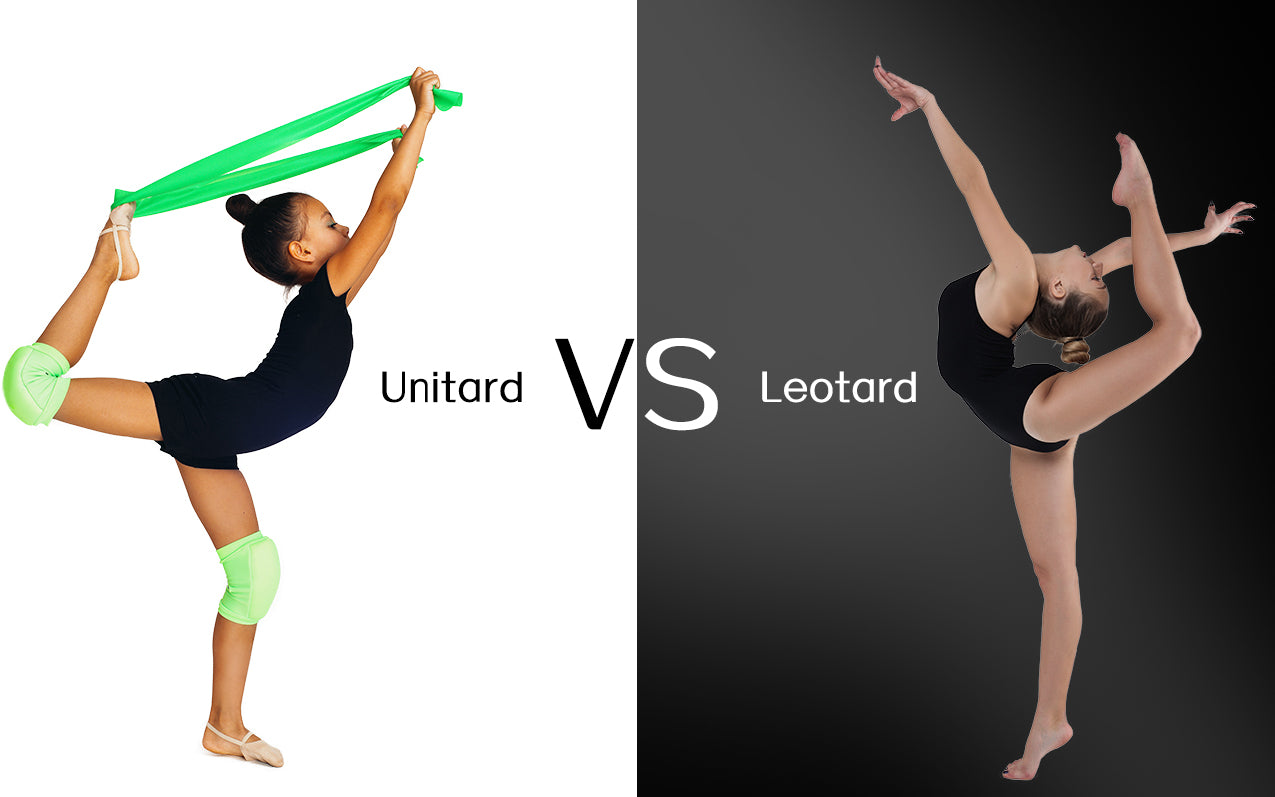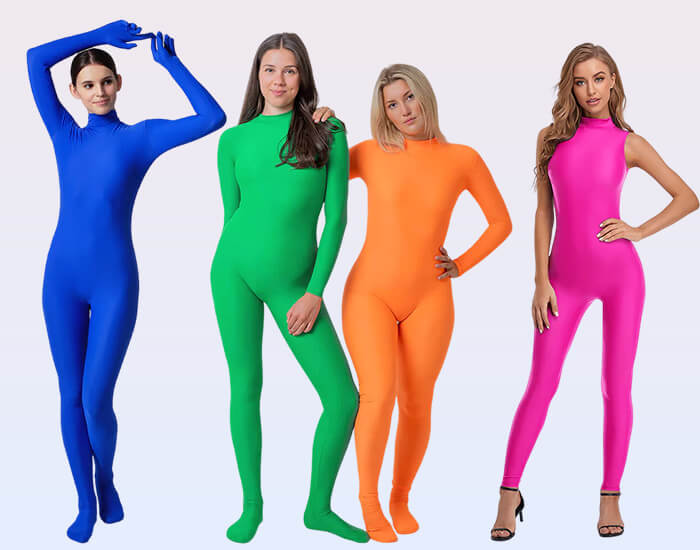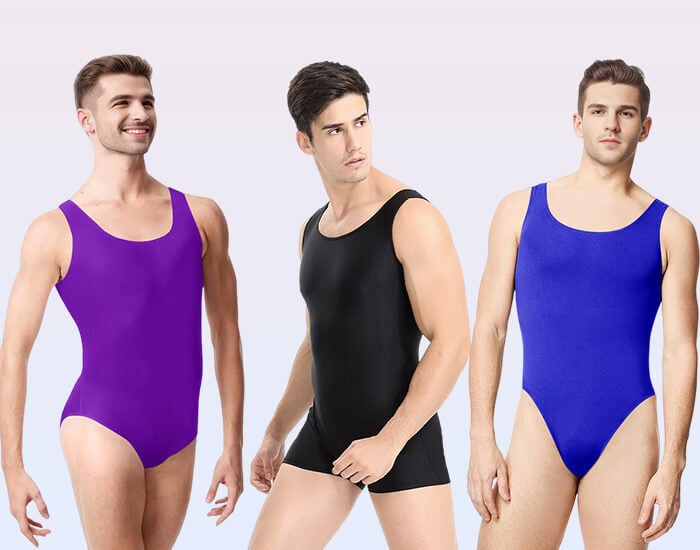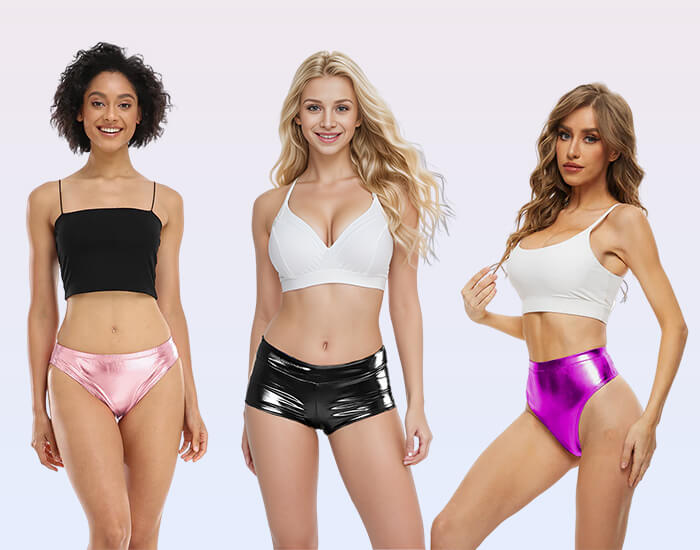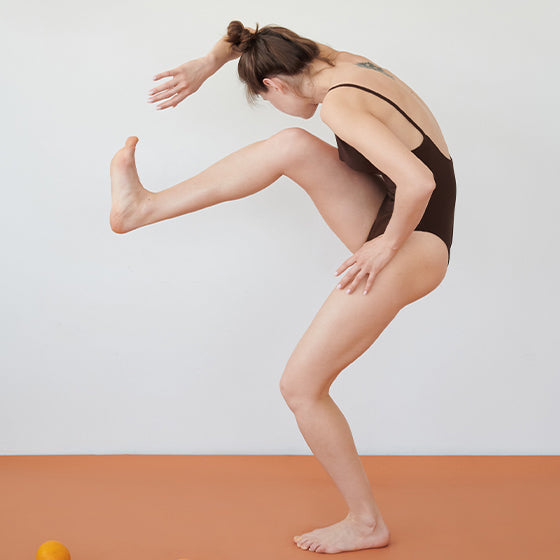Unitards and leotards are common dancewear, but if you’re not a dancer, you might not know the difference between the two. Both are tight, one-piece garments with long, short or no sleeves, but a leotard either has short or no leg covering, and a unitard covers the legs. Though the difference in construction between the two garments is small, they differ in their history and typical usages.
Now that you know the difference, why do you need both?
Well, lets start with their history to help give you a better understanding of what the unitard and leotard were made for and why. Stick with us, it’s a quick and interesting read….

The History of the Unitard
The unitard’s history lies in the stage. In the early 1900s, models and dancers wore flesh-colored unitards to simulate nudity. While unitards today can be made of most any material and leave the feet exposed, early unitards were thin and covered the whole body, except for the face and hands. Today, dancers and ice skaters can still be seen wearing flesh-colored unitards to simulate skin. The unitard emerged as a swimsuit in 1906, and can be seen in many early films featuring swimmers.
The History of the Leotard
Jules Leotard (1838–1870), a French acrobatic performer introduced the leotard into the clothing industry. Acrobats, athletes, actors, dancers, and gymnasts are all major fans of the leotard. As the leotard doesn’t cover the legs, it’s ideal for performance training and practice sessions.
Spandex, lycra, and other stretchable fabrics go into the making of a leotard. The unitard is the same as a leotard, except that it covers the legs too.
Similarities and Differences

Why you need to buy both?
Just like you wouldn’t wear your jeans and t’ shirt to a job interview, you wouldn’t generally wear a unitard to a ballet class. Similar to societal rules regarding occasions and everyday clothing the type of dancewear worn to a dance lesson has become a signifier of the type of class you are taking.
I know for myself getting dressed and doing my hair was all preparation for getting my mind and body ready for the style of dance class I was about to take. I can honestly say I never danced in just my leotards and tights in for example a hip hop class. When wearing my leotard and tights my body muscle memory kind of took over and my posture and core muscles immediately engaged in ways more appropriate to ballet dancing, just as wearing my unitard in my contemporary and modern dance classes made me feel more able to explore creative movement and levels such as rolling around the floor that might have felt weird to do in my ‘ballet uniform’.
So it might be a lot of mind over matter because, in reality, you can learn dance in any clothing, but like the saying goes the ‘Suit makes the Man’, and in our case, the unitard makes the contemporary dancer.
Therefore understand your dance studio or teacher wants to give your child the best chance to develop their dancing and by asking them to dress the part and take on the role of a contemporary dancer it simply makes it easier for your child to believe in themselves and learn that style of dance.
Seeing this, do you understand the difference between the two? If you're interested in these dancewear, you can check the under products. Now you can use the coupons online to save money.













